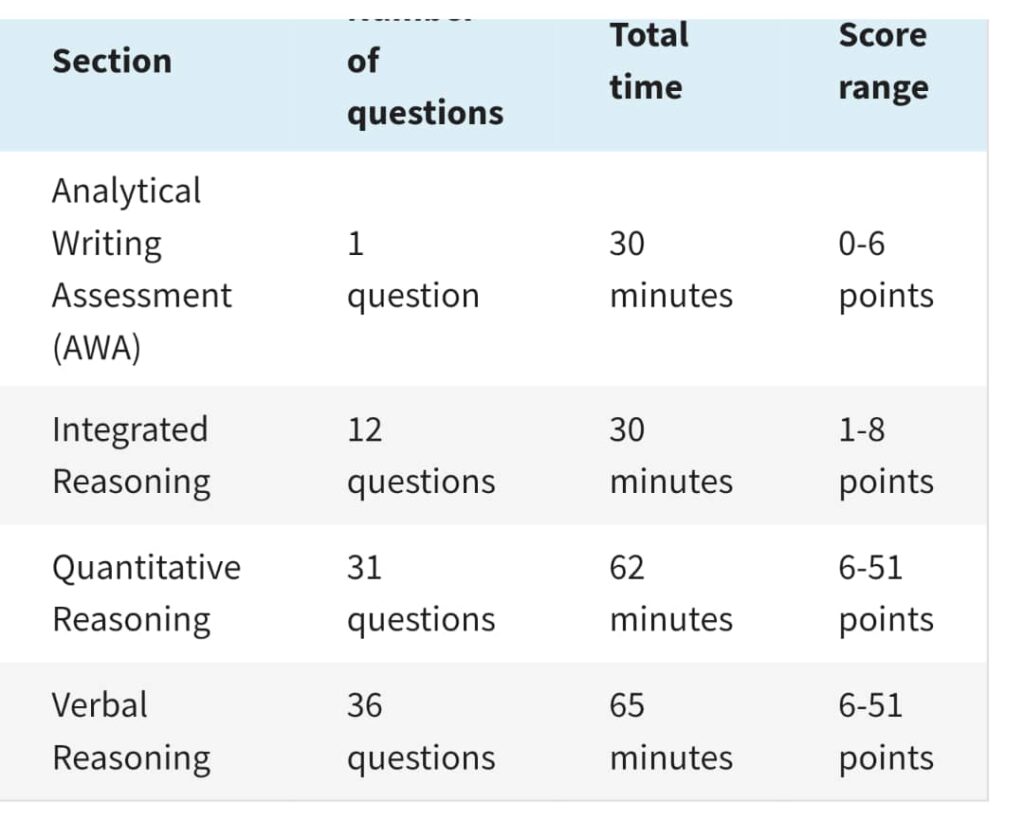The school where you learn why, not just how
Earn a certificate Course with Bef Academy
Obtain a certificate recognised by the state in 3 – 4 months in Computer Science & IT, Business Studies, Arts & Cinematography.
our certificate courses
Experience excellence through our Certificate Courses
A certificate from BEF Academy is more than just a piece of paper. It’s a symbol of your dedication to learning, your commitment to excellence, and your readiness to thrive in the professional world. Join us in a certificate program that will empower you to achieve your career aspirations and advance your personal growth. Your future begins with specialized knowledge, and that future is waiting for you at BEF Academy.


